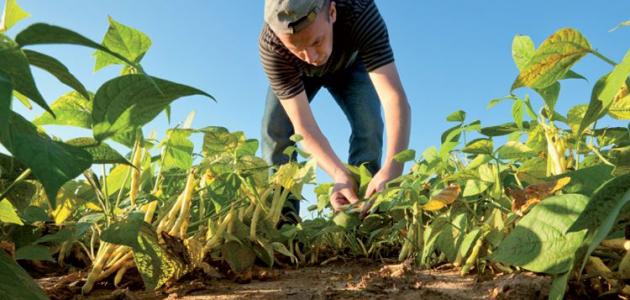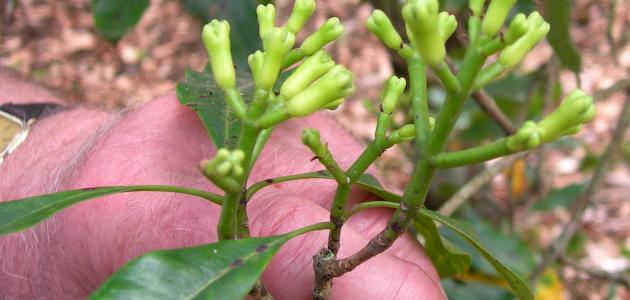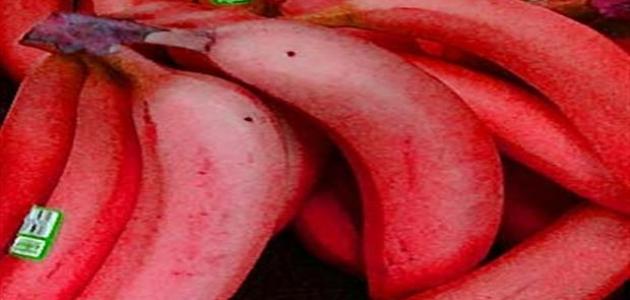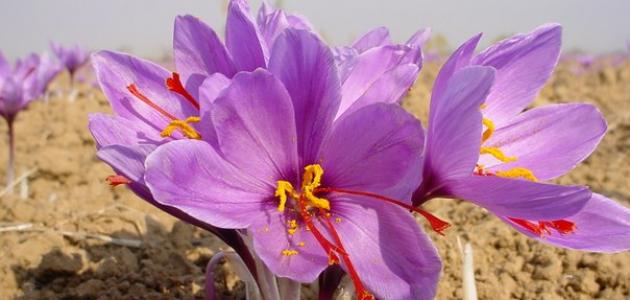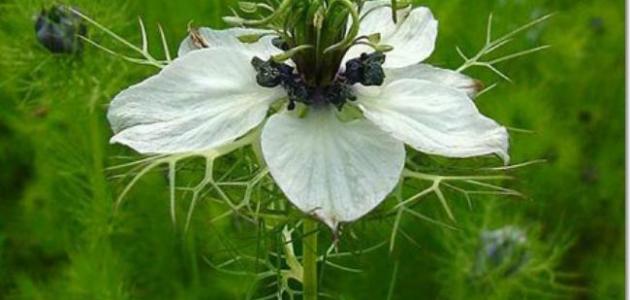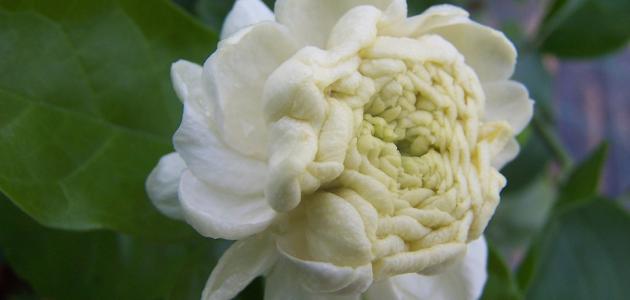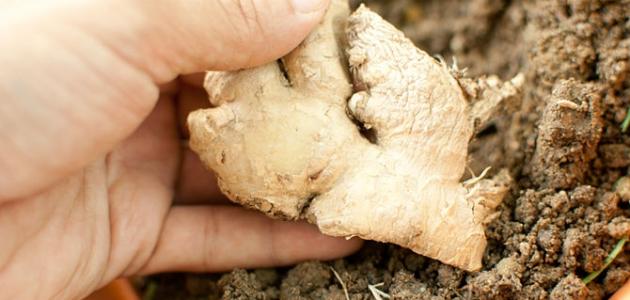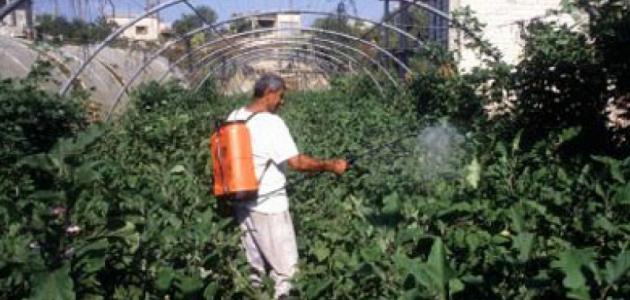Sesame cultivation
Sesame can grow in most types of soil, as long as it is fertile, with a neutral acidity, and with good drainage. The sesame plant does not prefer wet soil, and the sesame seeds must be fully exposed to sunlight, and they are initially planted indoors about a month before the expected frost (which can be expected given the frost in the past year), where the sesame seeds are planted in small containers covered with approximately 6 mm of good soil and a mixture of potting soil, and keep the mixture moist, and the growth of seeds will be noticed within a few weeks, and the sesame plant can be planted outdoors after the temperature reaches from 16 to 21 degrees Celsius, and it is indicated that the cultivation can be bypassed Indoors, so that sesame seeds are planted in moist soil directly outside if it is confirmed that the occurrence of frost has been exceeded.
Characteristics of the sesame plant
The different varieties of the sesame plant grow to a height of 0.5 to 2.5 m, and the length of the seeds reaches 3 mm. They are creamy white or pearly white (when peeled), and are characterized by a flat pear shape. It is indicated that oil is the main component of sesame seeds. it constitutes 44 to 60% of its components.
Sesame production
India and China are the two largest producers of sesame in the world, producing 890 million kg and 626 million kg annually, respectively. White sesame is commonly produced in West Asia, the Indian subcontinent, the continents of South and North America, and Europe, while in China and Southeast Asia it is The production of sesame seeds is mainly dark in color, and Japan is the largest importer of sesame globally, followed by China, along with some other countries such as the United States, Canada, the Netherlands, France and Turkey, which are all major importers of sesame.
Read also:Soil types and their characteristics
